
PPT L. 2 Grammar PowerPoint Presentation ID3214022
In Japanese, kore, sore, are, dore これ, それ, あれ, どれ mean "this thing (near me)," "that thing (near you)," "that thing (away from us)," and "what thing?" They're kosoado words that refer to things in general. Sometimes, are? あれ? is an interjection of doubt: "huh?" Manga: Yotsuba to! よつばと! (Chapter 1, よつばとひっこし) Advertisements (article continues below)

This and That Understanding the difference between Kore, Sore and Are
これ、それ、あれ are all pronouns. This means that they can be used in place of a noun, similar to the English "that" or "this" when used without a noun. この、その、あの are all determiners. These can also be thought of as "that" or "this" in English, but they require a noun as well. What they are doing is qualifying the.
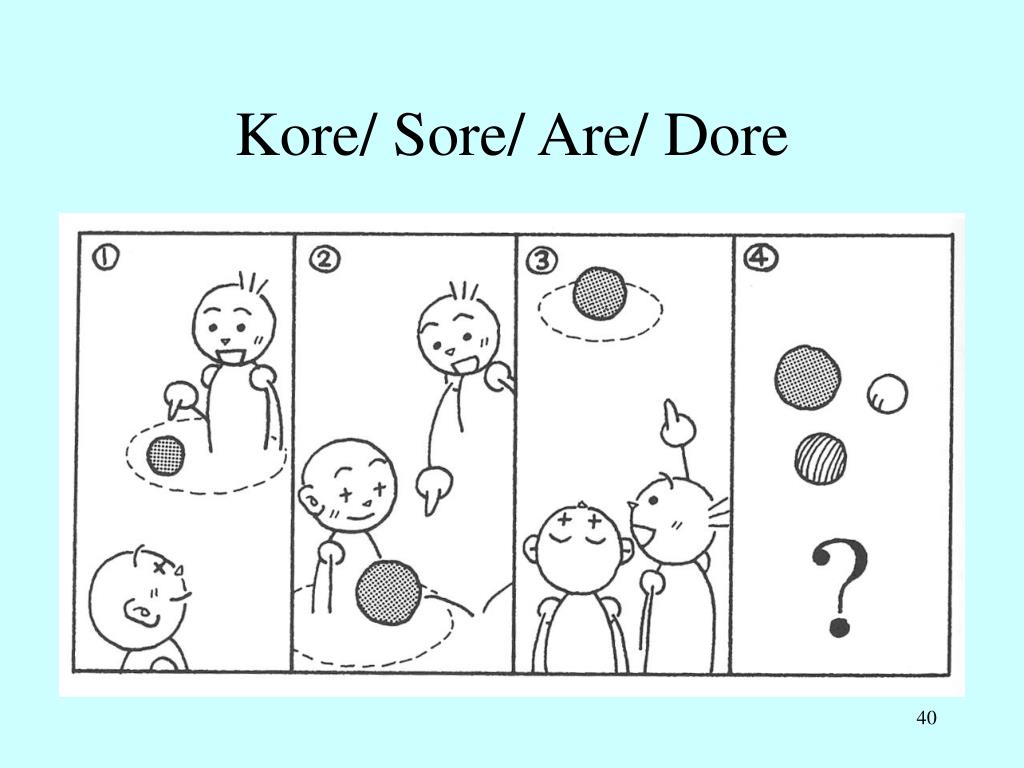
PPT Lesson 6 Describing Past Activities and Events PowerPoint
University of Wisconsin-Milwaukee College of Letters & Science Language Resource Center. Powerful Ideas. Proven Results.

Are, Kore, Sore Vs Ano, Kono, Sono in Japanese grammar YouTube
Kore Sore Are Shopping. Divide the class into pairs. Give each pair a set of cards. Get the pair to divide the cards into 3 groups. Place one group of cards near to each person and another group away from both people. There now should be a kore これ groups of cards, sore それand are あれ group. Ss then ask each other questions about the.
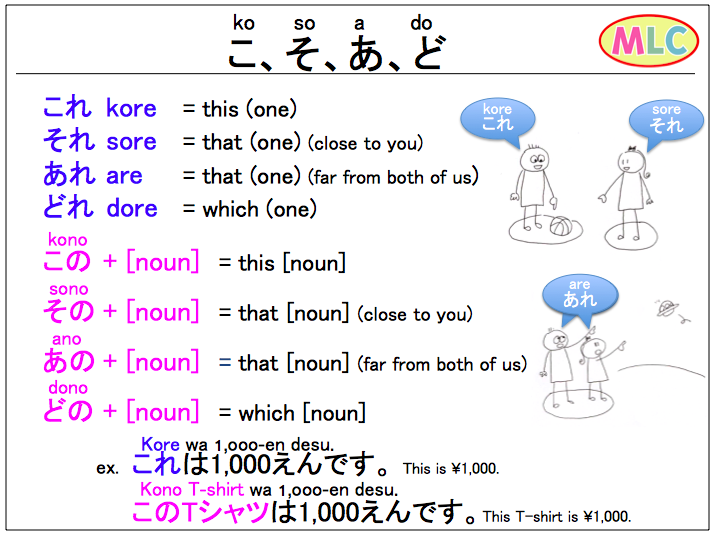
Ko, So, A, Do MLC Japanese Language School in Tokyo
Japanese has sets of words which are based on the physical distance between the speaker and the listener. They are called "ko-so-a-do words" because the first syllable is always either ko-, so-, a-, or do-. "Ko-words" refer to things nearer to the speaker, "So-words" to things nearer to the listener, "A-words" to things that are at distance.

JLPT N5 Grammar "これ/それ/あれ(kore/sore/are)" Learn Japanese YouTube
19 Aug 2020 Reading Time: 2 minutes Kore, sore and are are some of the first pronouns you'll learn as a beginner Japanese language student and at first, they seem fairly straightforward. But, the difference between kore, sore and are is often a point of confusion, especially when you throw in kono, sono and ano into the mix.
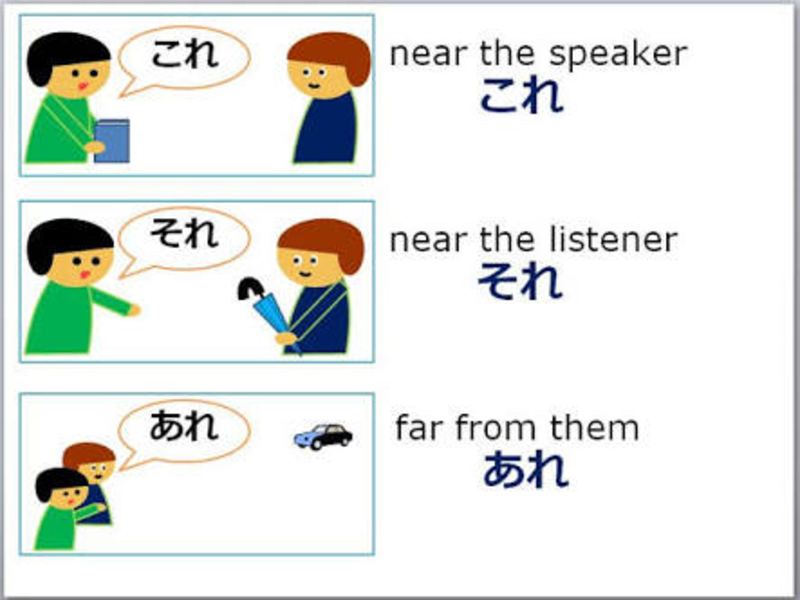
🆚What is the difference between "Kore" and "Sore" and "Are" ? "Kore" vs
Conclusion by Kosuke これ (kore), それ (sore), and あれ (are) "this", "that", and "it" are often used in English. They are also often used in Japanese. In Japanese, we use これ (kore), それ (sore), and あれ (are). These are very basic Japanese words. Please remember them!

これ それ あれ どれ kore sore are dore (this/that/which) 日本語 Japanese
About kore and kono (これ and この): "kore" is used when it is not followed by a noun. Example: これはほんです。(This is a book.) On the other hand, "kono" is used when you want to refer to something in particular, that is to say, it is followed by a noun. Example: このほんはテーブルの上です。(This book is on the table.)
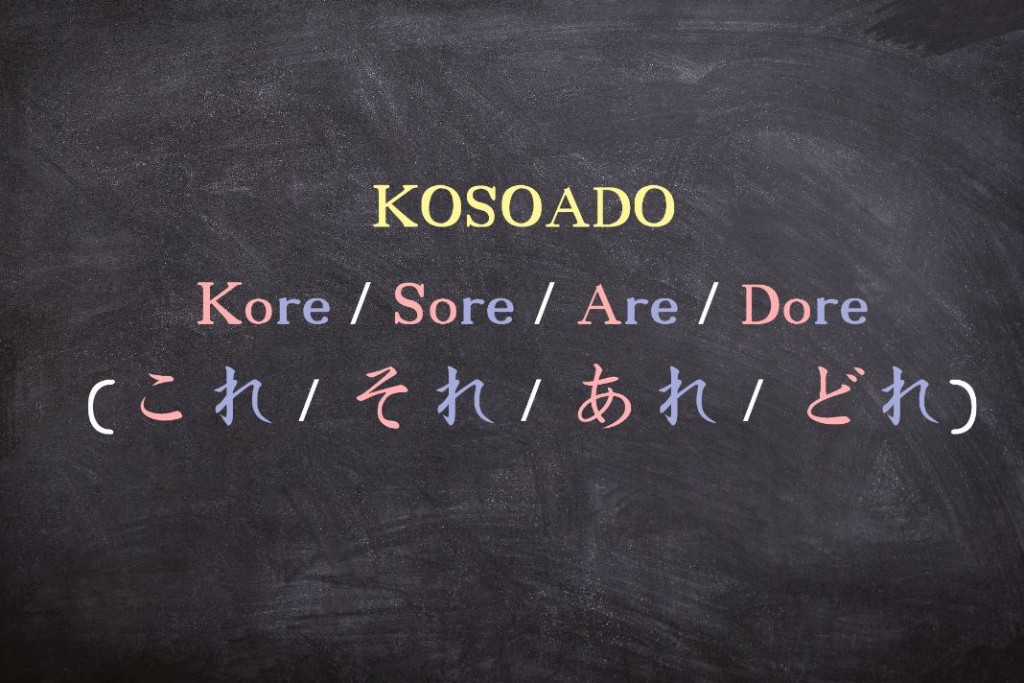
Giapponese (lezione 28) Kosoado I Pronomi Dimostrativi (Kore, Sore
Japanese Study February 16, 2022 こそあど (ko-so-a-do) is short for これ, それ, あれ and どれ (read as kore, sore and are), but there are different sets to them, too. They are demonstrative Japanese pronouns used to refer to something, but you don't necessarily need to specify what they are.
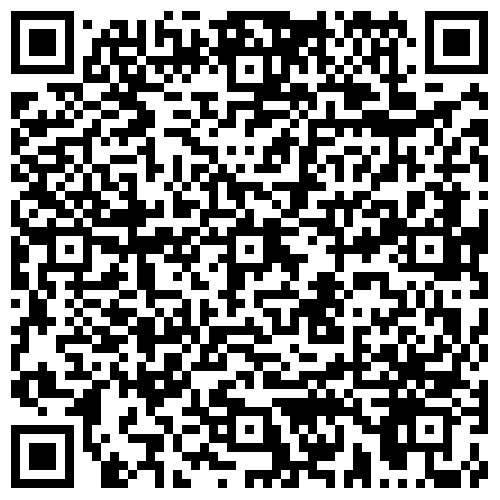
Videos Language Resource Center
Let's learn how to use これ・それ・あれ Kore, Sore, Are in Japanese. これ Kore = thisそれ Sore = thatあれ Are = that over thereBy the end of this lesson, you learn to say.

This and That Understanding the difference between Kore, Sore and Are
Kore refers to something close to the speaker; sore refers to something close to the person you're talking to; are refers to an object that is neither close to the speaker or the listener. あれ はわたしのペンです (That is my pen over there.) are wa watashi no pen desu. これ はいくらですか? (How much is this?) kore wa ikura desu ka. それ はさんぜんえんです。 (That is 3,000 yen.)
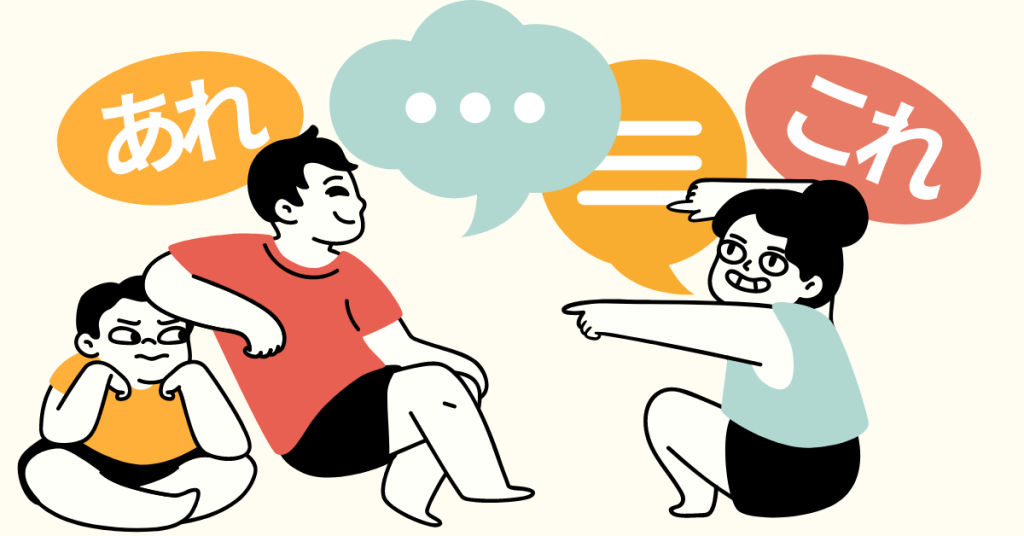
Ultimate Guide Kore, Sore and Are (こそあど) This or That? Coto Academy
While これ (kore), それ (sore) and あれ (are) refer to things, another three Japanese demonstrative pronouns ここ (koko), そこ (soko) and あそこ (asoko) refer to places. ここ (koko) refers to the place where the speaker is. そこ (soko) points to the place where the listener is. あそこ (asoko) indicates the place which is far.

Kore Sore Are ppt1 PDF
Refers to things that are close to the person you are talking to. That over there - are (あれ). Refers to things that are far away
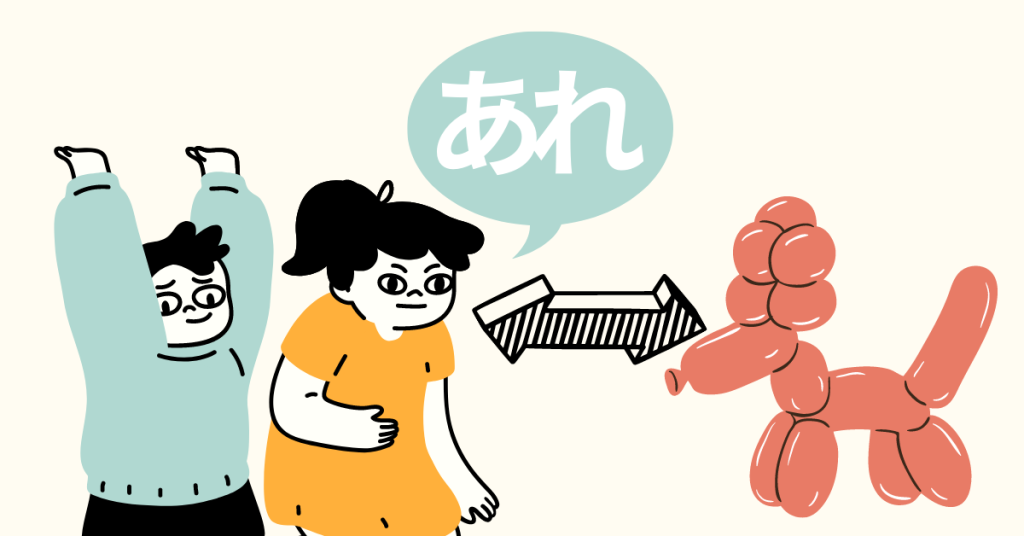
Ultimate Guide Kore, Sore and Are (こそあど) This or That? Coto Academy
The 3 main pronouns: これ・それ・あれ Compared to the "this" and "that" of English, Japanese gives you 3 pronouns to talk about things. Does 3 sound a bit confusing? Don't worry, it's pretty simple. Basically, you decide which pronoun to use in a situation based on where that "thing" is in relation to you, the speaker.

Kore, Sore and Are (Read aare) are another basic concepts. Come, let’s
あれ for Exclamation. The Basics. これ, それ, あれ, and どれ are a set of こそあど words. You can use them to refer to things you want to talk about, without specifying what they are. In general, これ is used for things that are close to the speaker, それ is used for things that are close to the listener, and あれ is used.
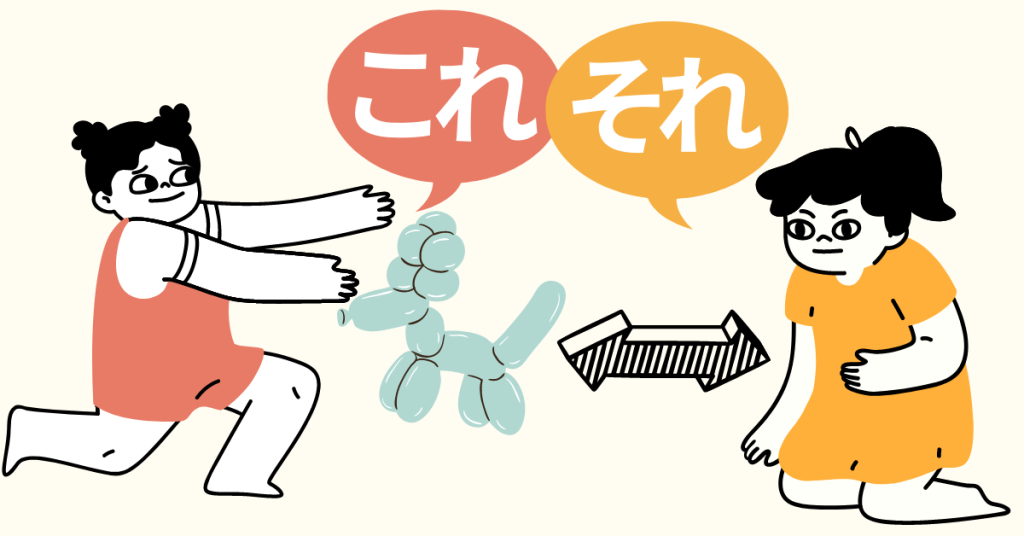
Ultimate Guide Kore, Sore and Are (こそあど) This or That? Coto Academy
This month, I'm going to go over the difference between この kono, その sono, あの ano, どの dono and これkore, それ sore, あれ are, and どれ dore. These are used for the words 'this' and 'that' in English but behave a little differently. I go over the more common uses in the video below: JLPT N5 Grammar - kono, sono.